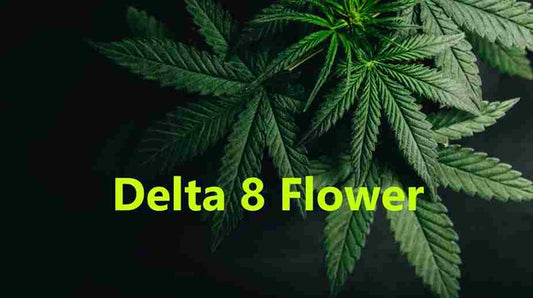Hemp: What is it?
Cannabis sativa L., commonly known as hemp, has been cultivated throughout human history as a multifunctional botanical resource. While taxonomically identical to marijuana, hemp possesses distinct biochemical properties and applications. The fundamental differentiation lies in tetrahydrocannabinol content—hemp contains trace amounts (under 0.3% THC), eliminating psychoactive effects characteristic of marijuana's higher concentrations. This biochemical profile establishes hemp's legal status across all applications, distinguishing it as an industrially valuable crop with diverse utility.
Hemp is an environmentally friendly crop that grows quickly and needs little water or chemicals. Each of the plant's components has a specific function.
Nutrient-dense hemp seeds are used to make food and oil.
The woody core of hemp stalks is used to make paper and build structures.
Hemp flowers and leaves are used to extract cannabinoids, such as CBD.
The outer portion of the stalk is utilized to make hemp fiber, which is used in textiles and other industrial settings.
What is the purpose of hemp?
Textiles, biofuel, culinary items, skincare goods, and wellness products like CBD oils are all made from hemp.
What is marijuana?
Marijuana has shown therapeutic benefits for those with glaucoma, epilepsy, nausea, and possibly even multiple sclerosis and opioid dependence disorder. It contains more THC than hemp and both CBD.
Legal status is the primary distinction between hemp and marijuana. The 2018 Farm Bill declares that, with the exception of three states, goods derived from plants that satisfy legal hemp requirements are permitted in the majority of the United declares.
What is the purpose of marijuana?
Certified healthcare professionals may prescribe medical marijuana for certain qualifying medical conditions in any state with medical marijuana laws. In these situations, the primary reason patients use medicinal marijuana is to assist control their symptoms. It doesn't cure a disease directly.

Comparing Hemp and Marijuana
Because they are both derived from the Cannabis sativa species, hemp and marijuana are frequently confused. However, in order to differentiate their legal status, it is crucial to comprehend the differences between hemp and marijuana.
Up to 16 feet tall, hemp plants have narrow leaves and long stems. Cannabis plants have wider leaves, are bushier, and are shorter. Their end-use determines these physical characteristics: marijuana is grown for its cannabinoid-rich flowers, whereas hemp is farmed for industrial purposes.
Legal status is the primary distinction between hemp and marijuana. The 2018 Farm Bill declares that, with the exception of three states, goods derived from plants that satisfy legal hemp requirements are permitted in the majority of the United declares.
Are hemp and marijuana interchangeable?
No, marijuana and hemp are not interchangeable. Despite both being derived from the Cannabis sativa plant, marijuana has higher THC levels and produces a high, whereas hemp has less than 0.3% THC and no psychoactive effects.
Are both marijuana and hemp legal?
Legality is the only other distinction between hemp and marijuana except THC concentration.
Growing hemp, or cannabis with less than 0.3% THC, is now permitted nationwide according to the 2018 Farm Bill. Additionally, it legalized CBD products derived from hemp on a federal level.
Cannabis that has more than 0.3% THC is illegal on a federal level. States have different laws.
Where can I purchase marijuana and hemp?
Many users wonder where they may find the best deals on CBD hemp and CBD marijuana in their area. Do not worry if the answer is yes. One of the greatest online stores in the US for CBD hemp and CBD marijuana is Smokegem, where you can get both at the lowest prices and with quick doorstep delivery.





